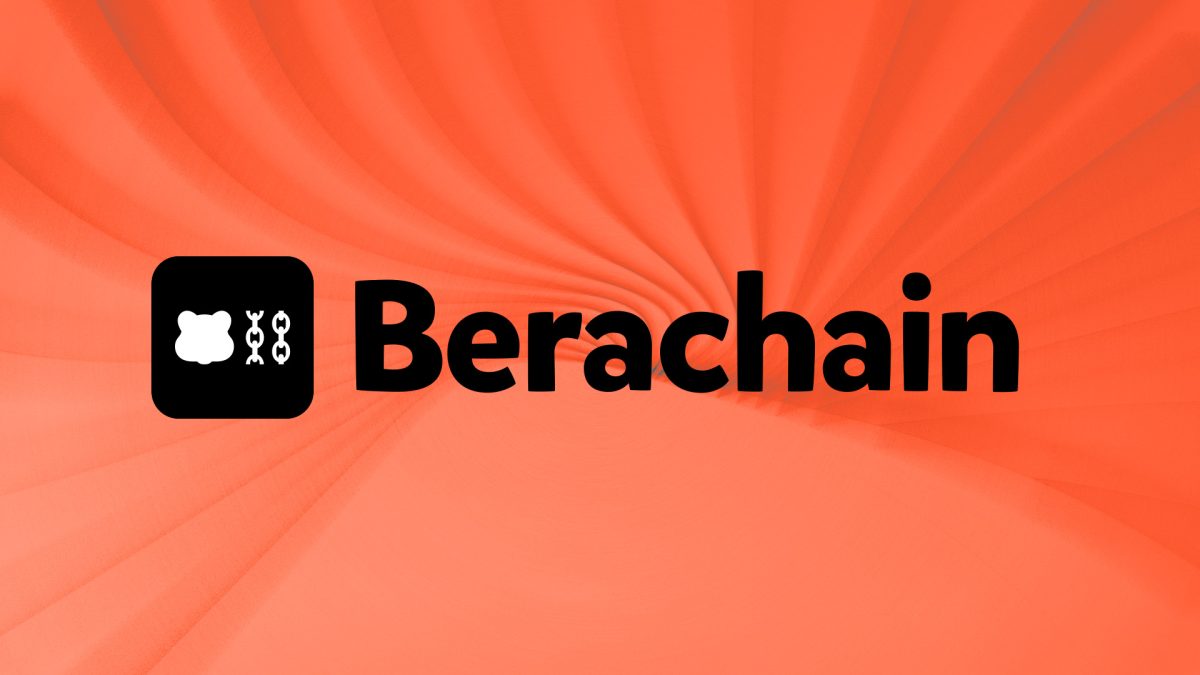What is Berachain?


Berachain is a Layer 1 blockchain undergirded by a proof-of-liquidity consensus mechanism and known for its tri-token ecosystem. It's built on the Cosmos SDK and maintains an identical execution layer with the Ethereum Virtual Machine (EVM).
Berachain’s proof-of-liquidity also differentiates it from other blockchains by separating which token validates nodes and which one is used for governance in its consensus mechanism. Berachain launched its mainnet on Feb. 6, 2025.
How does Berachain work?
Proof-of-liquidity
You may have heard of proof-of-work or proof-of-stake consensus mechanisms to make blockchains secure while keeping them decentralized. However, Berachain's consensus mechanism involves "proof-of-liquidity," in which validators must lock up a portion of their liquidity to participate in securing the blockchain and validating transactions.
Proof-of-liquidity differs from proof-of-stake, though Berachain has said in its core docs that the former borrows from the latter. In proof-of-stake, a user locks up, or "stakes," the blockchain's native token to secure the chain. The staker then receives that same token as a reward, which they can use for governance purposes in the blockchain later on.
Berachain's proof-of-liquidity splits up that model by using a token solely for chain security (BERA) and a token solely for governance and economic incentives (BGT). Users can only earn BGT by staking in reward vaults, a smart contract system that accumulates and distributes rewards to validators and liquidity providers participating in the network.
However, you need a certain amount of BERA to become a validator. As Berachain explains in its core docs: "There is a minimum floor of 250,000 BERA required to be a validator. There is a maximum cap of 10,000,000 BERA for any validator's stake. Only the top 69 validators (ordered by BERA staked) can be in the active validator set. Even if someone stakes above the minimum 250,000 BERA, they would still need to have enough stake to be within the top 69 validators to be part of the active validator set that can produce blocks."
Tri-token ecosystem
Berachain's primary token ecosystem includes BERA, BGT (Bera Governance Token) and HONEY.
BGT gives holders voting rights to participate in decision-making processes, such as protocol upgrades. Individuals can also use their BGT to "boost" a validator "to receive incentives from that validator, based on the validator's commission rate and ability to convert their BGT block rewards to application incentives," according to Berachain's whitepaper.
BERA is the utility token used for transaction fees, staking and interacting with the ecosystem’s services. It acts as a medium for exchange within the Berachain network, facilitating the functioning of dApps and ensuring that the network's operations are secure and efficient.
While BGT and HONEY support Berachain's proof-of-liquidity, the Layer 1 also has a stablecoin called HONEY. Users can deposit approved collateral into a vault and mint HONEY against that collateral through the dApp HoneySwap, according to core development documents. HONEY can be used for payments or other purposes within the Berachain DeFi ecosystem.
Cosmos and EVM-compatibility
Berachain is built on the Cosmos software development kit (SDK), a tool set for developers to build applications within the Cosmos ecosystem.
Additionally, Berachain has an identical execution layer with the Ethereum Virtual Machine (EVM) — a decentralized computing environment that executes smart contracts and processes transactions on the Ethereum blockchain. It serves as the runtime environment for executing smart contracts written in Ethereum's programming language Solidity. Whenever the EVM upgrades, Berachain can immediately adopt it.
Berachain ecosystem
Though Berachain is a relatively new Layer 1 compared to more entrenched networks such as Ethereum and Solana, the bear-themed blockchain has seen a proliferation of protocols built on top of it.
BeraHub is a Berachain dApp that allows users to participate in the blockchain's nitty-gritty details, such as reviewing active validators, participating in governance and redeeming BGT for BERA.
BeraHub also gives users access to Berachain's native decentralized exchange BEX.
There's also the decentralized application HoneySwap for transacting with Berachain's stablecoin HONEY. And, of course, Berachain has its own blockchain explorer called Berascan.
Other projects built on Berachain include the liquid staking protocol Infrared Finance and the social finance platform Honey Chat.
Who's behind Berachain?
The team behind the Layer 1 blockchain Berachain is a group of pseudonymous co-founders known as Homme Bera, Dev Bear, Papa Bear and Smokey the Bera. However, the Berachain team has expanded to include individuals with prior experience at projects such as Sui, Polygon, Mantle, Coinbase, Chainlink, and Aave. For instance, former Polygon Labs lead Jack Melnick joined Berachain as its head of DeFi.
There's also the Berachain Foundation, an organization looking after Berachain's ecosystem and growth, which decides on token allocations.
The team behind Berachain raised $42 million in funding in April 2023, as well as $100 million in Series B financing one year later.
Disclaimer: This article was produced with the assistance of OpenAI’s ChatGPT 3.5/4 and reviewed and edited by our editorial team.
© 2025 The Block. All Rights Reserved. This article is provided for informational purposes only. It is not offered or intended to be used as legal, tax, investment, financial, or other advice.



